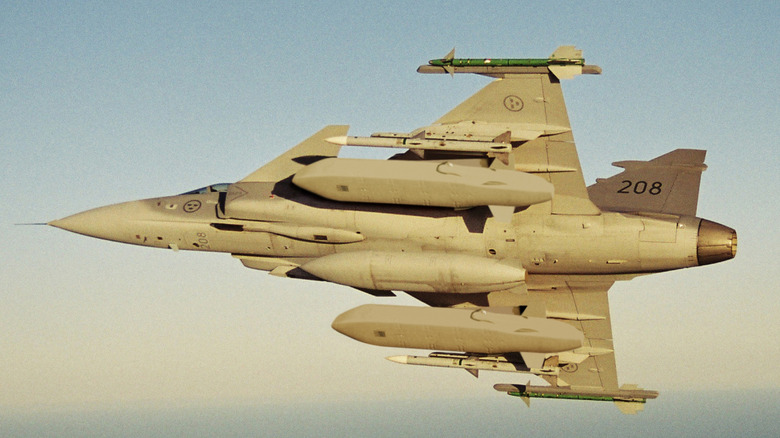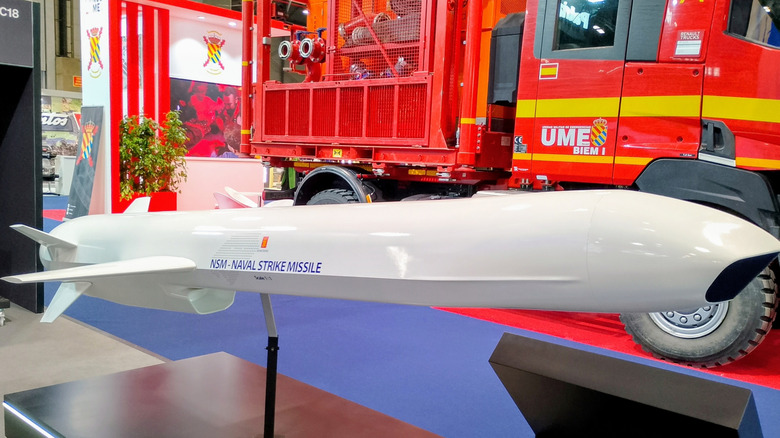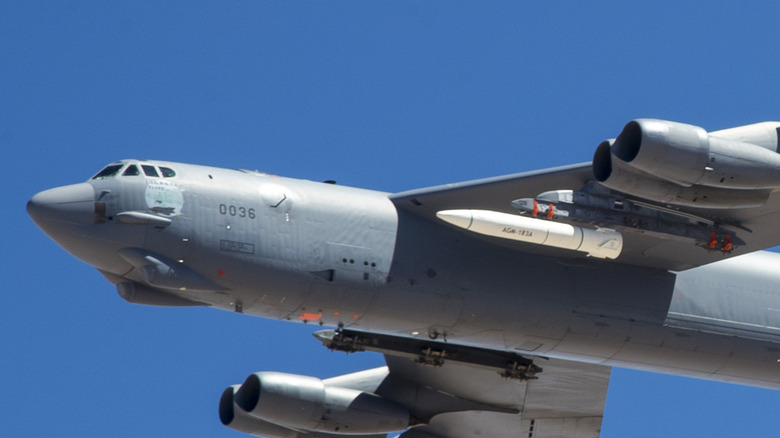
Cruise missiles have come a long way from the experimental models tested during World War I. Jet powered and capable of precisely delivering a payload hundreds of miles away, today's models are an important part of any military's arsenal. While ballistic missiles are also used to deliver payloads over similar distances, cruise missiles spend most if not all of their time in the air in horizontal flight. This makes them more maneuverable and more difficult to detect than ballistic missiles.
As Europe
begins to rearm itself, it is a good time to see what European countries have available currently, and what the differences are among them. Air Launched Cruise Missiles (ALCMs) in particular are vital, as such missiles can be brought closer to the target before being launched. The Taurus Systems cruise missile, made by a German-Swedish joint venture, wins for range, at the moment, with a combat range of over 300 miles. The air-launched British / French equivalent, called the Storm Shadow and SCALP respectively, have a similar range, though the export version is limited to about 150 miles.
Read more: 10 Of The Strangest Military Helicopters Ever Made
Sea Launched Cruise Missiles

ALCMs can strike deeper into enemy territory by being carried part of the way by jet fighters. However, their range is limited, compared to Sea Launched Cruise Missiles (SLCMs) by a relative lack of fuel onboard. SLCMs are larger than ALCMs, and carry more fuel, this their range is further. For example, the French MdCN, or Missile de Croisière Naval, has a range of 870 miles, if ship-launched, or 620 miles, if submarine-launched. The MdCN is over 21ft long, whereas the Taurus cruise missile measures almost 16.5ft long. ALCMs make up for the lack of range with a bigger punch, as the MdCN carries a 550lb warhead compared to the Taurus 1000lb warhead.
While the range of a cruise missile gives an idea as to its furthest reach, the operational range of an ALCM or SLCM is usually shorter. Cruise missiles, and the Taurus in particular, fly at very low altitudes to avoid being detected on radar, and they also do not fly in straight lines directly toward their targets. Usually, the flight path includes turns to avoid enemy radar or obstacles in the terrain.
Hypersonic Missiles Are Incoming

While Taurus and MdCN represent the peak of cruise missile technology today, the next generation is emerging. One characteristic that both current missiles share is that they are subsonicin speed, with the MdCN reaching a little under 500mph.
The new generation of cruise missiles is hypersonic in speed -- they travel at over Mach 5, or over 3800mph. Currently, there are none in Europe's arsenals. A British, French, and Italian partnership is developing a ramjet powered cruise missile preliminarily called the RJ-10, though the British version is going to be subsonic, or slower than the speed of sound. Separately, the UK government is working with defense contractors from Australia, the U.S. and other countries to develop its own hypersonic missile system. The ranges of these missiles are currently not known. Not only will hypersonic missiles bring speed, unlike ballistic missiles, they offer maneuverability to boot, which makes them much harder to hit.
Want the latest in tech and auto trends? Subscribe to our free newsletter for the latest headlines, expert guides, and how-to tips, one email at a time.
Read the original article on SlashGear.












